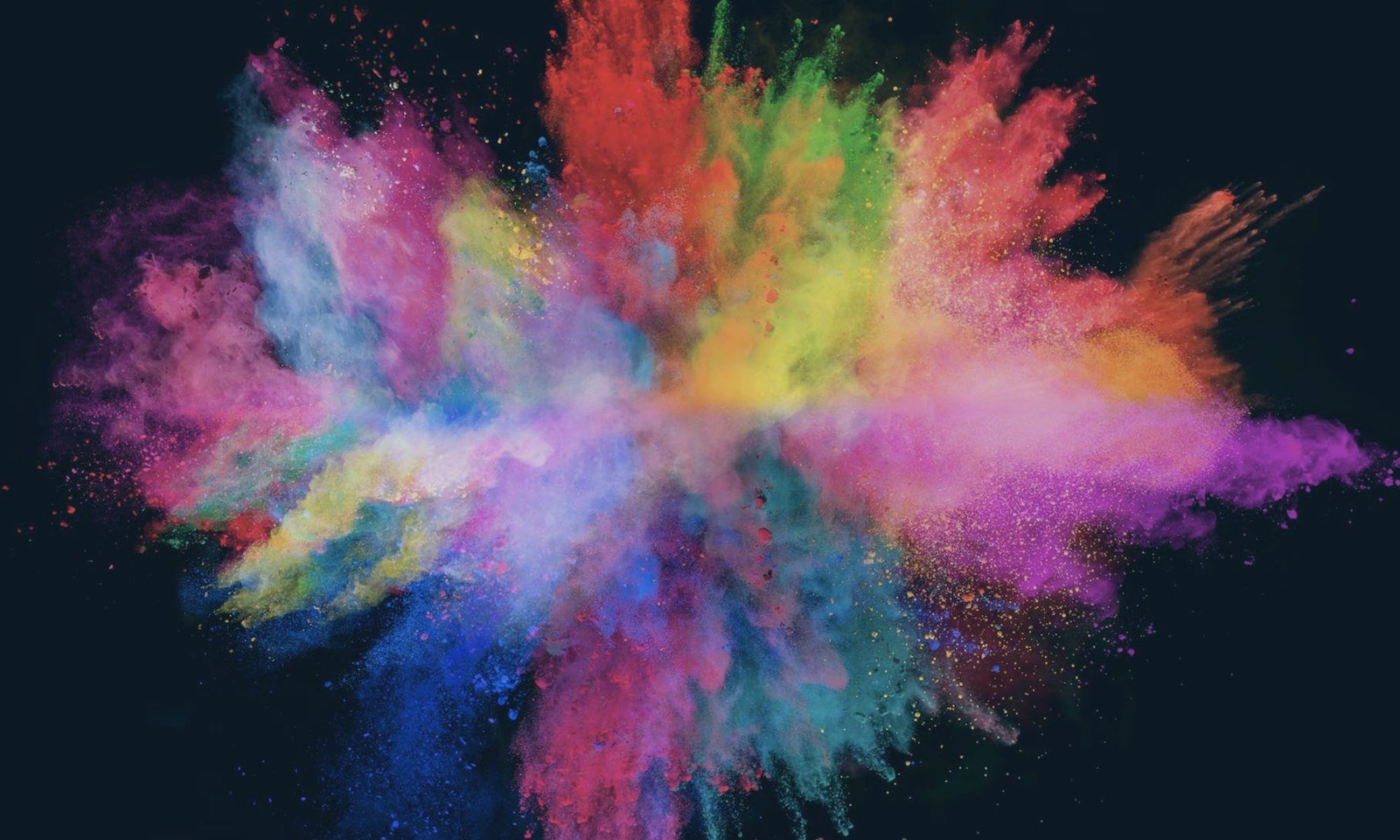Primates have the most social sex compared to other animals, which is dangerous because social sex increases the chances of STI transmission. Social sex must have some evolutionary advantage besides just feeling good… or else the STIs would kill off the primates who have social sex.
- “Humans have more STIs than other organisms because humans have more sex, and more kinds of sex, and more contexts for, and issues with, sex than any other animal” (164)
How Sex Works
Sex allows organisms to adapt to changing environments because it creates variation by combining DNA from mom and dad. Mammalian sex is unique because is it is tied to our bodies, behavior, and raising of the young. Some mammals must be “in heat” to have sex, but this is not the case for humans. Macaque species can only have sex a couple times a year, and during this time the bodies of the males and females go through drastic changes. Chimpanzee sex can be used as a social tool to increase status. Bonobos have lots of sex. They use sex as a social tool, to resolve conflict, or as a greeting.
Humans are the only animals in which sex is tied to rules, laws, and beliefs of society. Humans have the largest percentage of consistent homosexual orientation out of any other species. Some humans take vows of chastity. Most humans have long-term bonds with another person and only have sex with that one individual. Morals and ethics matter in human sexuality; this is not the case for other primates.
Creative Parenting
Some people argue that the shared caretaker role is why women live past menopause. Older women can take care of the babies while their mothers can go off and provide for the family, increasing rates of survival. The system of communal parenting (mothers + others) removed the link between sex and parenting and removed some of the costs of reproducing. This allowed women to be capable of sex at any time!
Sexual and social pair bonding were important developments in human and primate evolution. These bonds are seen in the physiology of neurotransmitters. Humans have pair bonds with sexual attachments, but also social attachments with relatives, close friends, same-sexed individuals, different-sexed individuals, and individuals of the same and different ages.
Marriage is the result of human creativity. In order to deal with the complexities that were introduced with innovations of property, towns, cities, gender, inequality, and religion, the legal institution of marriage was created with laws of religion and property tied to it.
Creating Gender
Gender is not the same as sex.
“Gender refers to the social, cultural, and psychological constructions that are imposed on the biological differences of sex” (176)
Gender roles reflect how a society believes a certain sex should act. The man of a relationship is supposed to be more masculine than the female. Certain jobs are considered more masculine than feminine. Society has constructed this notion of gender without any biological basis. Data shows that males and females are more similar psychologically than they are different. The few psychological traits that differ include impulsiveness, the people/things dimension, and sexuality. Males are often more impulsive, more drawn to material things than social situations, and are more sexual. Besides for these traits, males and females are basically the same psychologically. It is the gender norms that tell us that they are different! Furthermore, there is no biological difference in male and female brains at birth. Rather,
- “as a human develops, the patterns of connections the brain develops are influenced by the individual’s experience as he or she acquires gender” (179)
The social, cultural, and psychological components of gender are what shape and differentiate male and female brains!
Excavating Gender
There is no substantial fossil evidence to give us insight into past notions of gender. Males were stronger and bigger, while females had certain constraints due to their costly infants. Besides these two facts, there is nothing in the fossil record before about 30,000 to 50,000 years ago that gives any insight to gender at this time.
Because our current society has developed strong notions about gender, we impose our own gender norms on past societies. Many people assume that men did all the tool making and hunting, but there is actually no evidence for gender discrepancies in these tasks at all. There is a large chance that these tasks were divided 50-50. Furthermore, most re-creations in history books depict men painting the cave art. The archeologist Dean Snow researched this and found that a majority of cave art from 35,000-15,000 years ago was actually done by women or young boys. This proves that many ideals we posses of our ancestral past are mixed in with biases from the present. The closer in time we come to the present, the more we see clear divisions of gender roles in jobs and social hierarchies.
Ordinary, Everyday Creative Sexuality
Human sexuality is incredibly complex, due in part to gender. Today sex is not just about reproducing, it is about pleasure, politics, power, and fun. Human sexuality is also very dynamic. Humans demonstrate preferences for sex- girls, boys, both, blonds, brunettes, tall, etc.. We have also developed loads of sexual activities beyond just sex, such as hand-holding, kissing, and cuddling. Some researchers are attempting to prove that all these sexual activities and preferences are still due to a person wanting to get as many copies of their DNA into the next generation, but the complexity of human sexuality has made this a difficult hypothesis to prove.
Sex can help humans form incredibly close connections, on both the good and bad ends of the spectrum. It can be used as a form of power and control, but it can also help build trust and acceptance. All in all, sexuality is a result of human creativity and our dynamic interplay with the world. It is due to our collaborative nature.
